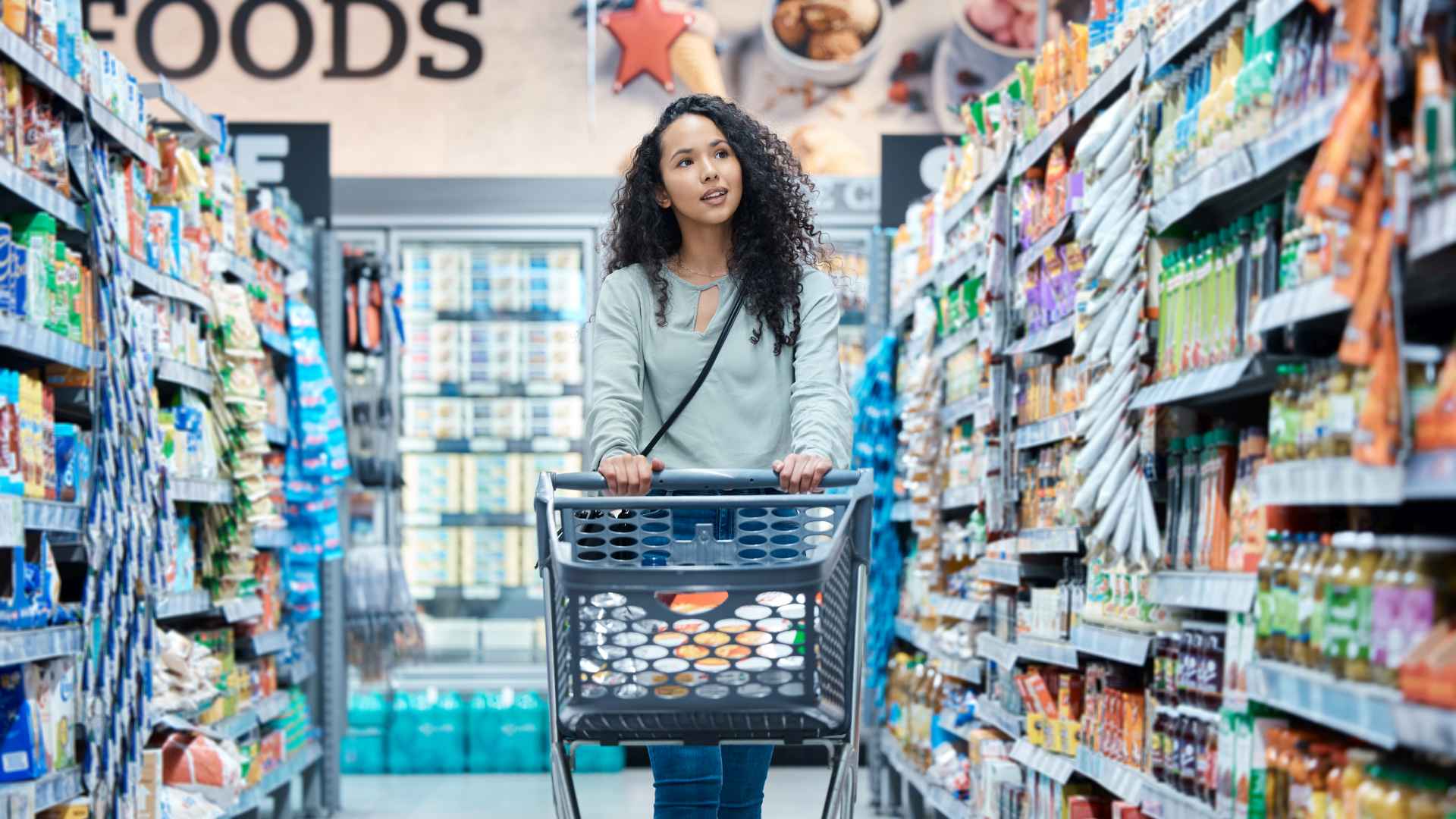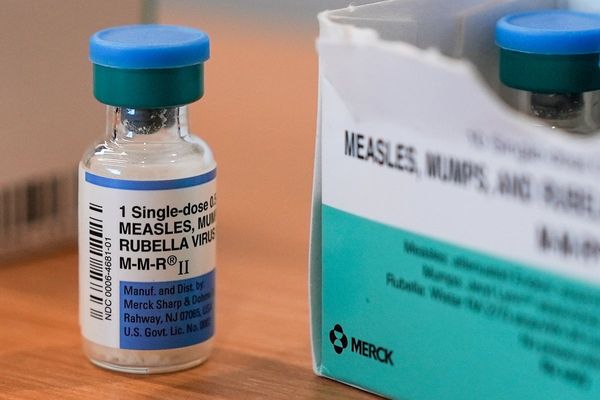
Most experts expect further price increases from President Donald Trump’s tariffs on imports from Canada, Mexico and China. In response, some consumers are stockpiling purchases in the hope of getting ahead of potentially higher inflation.
Read Next: 8 Smart Ways Frugal People Are Living Like There’s Already a Recession
For You: 6 Things You Must Do When Your Savings Reach $50,000
While that can be a good cost-saving strategy, it can also backfire if you don’t shop carefully. Keep reading to learn how to stockpile for inflation without wasting money.
Plan Ahead — But Not Too Far
Price increases could prompt some consumers to shop sooner than usual for things like special occasion gifts, new appliances and phone upgrades. That makes sense if you’re sure you’d be making those purchases within the next couple of months anyway.
But rushing into purchases for fear of missing out on today’s prices could lead to buyer’s remorse.
Don’t Stockpile More Than You Can Use
Going overboard on commonly stockpiled items, like medications and toilet paper, can be counterproductive. While you can store toilet paper forever, medicines might expire or lose potency before you use them.
And stockpiling can also create artificial shortages, as happened during the COVID-19 pandemic. Not only does hoarding make it unnecessarily difficult for people who need these necessities to find them, but the high demand can also increase prices even further.
Learn More: 8 Frugal Habits Americans Are Ridiculed for — and Why You Shouldn’t Care
Avoid Giant-Sized Packaging
Imported grocery items like coffee, maple syrup and olive oil are good choices for stockpiling, because they have long shelf lives. They’re also relatively expensive under even the best circumstances, so you could save a significant amount of money by purchasing whatever amount you can safely store and use within a year or so, while they’re at their freshest.
But stick with the package sizes you typically purchase. Giant-sized packages might be cheaper, but even shelf-stable items begin to lose freshness after you open them.
Replace Fresh Produce With Frozen
Nutritionally, frozen fruits and vegetables are as or more nutritious than fresh, and they’re always in season.
Frozen produce can also be cost effective. Whereas a 6-ounce container of fresh raspberries, for example, is $2.77 at Walmart, a 12-ounce package of frozen raspberries is just $1.19 more — and it can last in your freezer for a year or more.
Think Twice Before Joining a Wholesale Club
Wholesale clubs like Costco, BJ’s and Sam’s Club are a tempting option for anyone planning to start buying in bulk. In addition to discounted prices on groceries, clothing and household items, you can also save on fuel, prescriptions, eyeglasses, car care and other services.
But at $50 to $130 per year, depending on the club, even standard memberships don’t come cheap. Check out prices and product sizes on the clubs’ websites to get a sense of whether you’ll really save money by shopping there.
More From GOBankingRates
- 9 Costco Items Retirees Need To Buy Ahead of Fall
- 5 Ways 'Loud Budgeting' Can Make You Richer, According to Vivian Tu
- 5 Clever Ways Retirees Are Earning Up to $1K Per Month From Home
- 9 Low-Effort Ways to Make Passive Income (You Can Start This Week)
This article originally appeared on GOBankingRates.com: How To Stockpile for Inflation Without Wasting Money







